The Completionist’s Nightmare: JRPGs with the Most Punishingly Missable Content
Popular Now
 League of Legends
League of Legends
 Brawl Stars
Brawl Stars
 Poppy Playtime
Poppy Playtime
 Minecraft
Minecraft
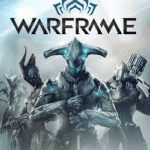 Warframe
Warframe
 Roblox
Roblox
 Garena Free Fire: Kalahari
Garena Free Fire: Kalahari
 Free Fire Max
Free Fire Max
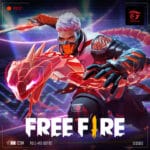 Free Fire
Free Fire
 NBA 2K24
NBA 2K24 
In the expansive and narratively rich world of Japanese Role-Playing Games (JRPGs), the pursuit of 100% completion is a sacred, yet often treacherous, endeavor. Unlike modern titles that use extensive quest logs and minimap markers, a notorious group of classic JRPGs—particularly from the PlayStation 1 and 2 eras—are infamous for hiding critical content behind tiny, easily overlooked windows of opportunity. This “missable content” often includes powerful ultimate weapons, unique party members, and even key plot revelations, forcing devoted players to consult exhaustive JRPG guides and FAQs. This analysis identifies the primary offenders, highlighting the challenges they pose for premium gaming content seekers and detailing the specific, often ludicrous, requirements for full completion.
 The Tiers of Missable Content Torment
The Tiers of Missable Content Torment
Missable content generally falls into three categories: temporary items, permanent story changes, and esoteric choices. The most frustrating JRPGs often combine all three, making a blind, 100% run practically impossible without foreknowledge.
Tier 1: The Zero-Tolerance Zone (Guide Mandatory)
These games are structurally designed to punish the player who doesn’t talk to every single NPC after every single story beat. Missing one minor dialogue trigger can permanently lock you out of dozens of hours of endgame content.
- Valkyrie Profile (Original PS1):
- The Offense: The “A” Ending (True Ending) is the holy grail, yet it is almost entirely hidden. It requires a staggeringly precise sequence of actions, often counterintuitive to the game’s core mechanics. You must maintain a delicate balance of character transfer (Einherjar), talk to specific NPCs at exact times, meet impossibly high hero scores, and perform specific optional dungeon tasks, all while under a strict “time limit” per chapter.
- Communal Verdict: Playing this game blind is to accept the “B” or “C” endings. The true depth of the narrative and the final powerful characters are a reward reserved only for those who follow a meticulous, hour-by-hour walkthrough guide. It is the gold standard for permanently missable character and story content.
- Final Fantasy X-2 (PS2):
- The Offense: The game’s 100% completion rate is tied to the percentage of the main plot you’ve “seen,” not just completed. This means watching specific optional cutscenes, talking to an NPC multiple times, or returning to a location just to witness a piece of dialogue that adds 0.2% to your total. The True Ending is only unlocked at 100.0%.
- Communal Verdict: Famous for its absurdly small windows. One infamous requirement involves choosing the correct dialogue option in a single conversation, or repeatedly monitoring a sphere network for minor, non-essential scenes. It epitomizes JRPG Completionist Anxiety and practically requires a second screen displaying a step-by-step guide.
- Tales of Vesperia (and most older Tales games):
- The Offense: The Tales “Trinity” (Symphonia, Abyss, Vesperia) are notorious for long, multi-stage side quests that can be broken by simply progressing the main story one step too far. Vesperia’s most prominent example is the side quest for the best equipment and ultimate skills, which spans the entire game and requires you to talk to a random, non-descript NPC in a specific town before or after a major story event—often with no in-game hint that the event is even available.
- Communal Verdict: The reliance on obscure, time-gated side quests is frustrating. Key items, powerful optional bosses (like the Sword Dancer), and deep character lore are all sequestered behind a high degree of backtracking and conversational diligence that defies organic gameplay.
 Tier 2: The Dialogue & Choice Gauntlet (Highly Frustrating)
Tier 2: The Dialogue & Choice Gauntlet (Highly Frustrating)
These games use missable content to lock off powerful options or to force meaningful, irreversible choices that drastically alter party composition or equipment access.
- The Legend of Heroes: Trails Series (Especially Trails in the Sky):
- The Offense: While the primary story is always accessible, the enormous amount of character development and crucial upgrade materials are tied to optional side quests and talking to every single named NPC. NPCs have constantly updated dialogue after every minor plot advancement (a day cycle change, a small cutscene, etc.). Missing an optional quest for Bracer Points or a valuable component can lead to being locked out of the highest rank rewards.
- Communal Verdict: This is a massive time sink. While the missable content is often “fluff” dialogue, it is so extensive that players who enjoy the lore and world-building must perform tedious “NPC sweeps” of every town every time they progress. The emotional investment in the characters makes missing these small moments feel like a major loss.
- Star Ocean: The Second Story / Second Evolution:
- The Offense: The ability to recruit certain characters is mutually exclusive; you can recruit one, but this permanently locks out another. Furthermore, many of the Private Actions (PAs)—small, time-sensitive scenes that deepen relationships and unlock specific endings—are missable. One single decision or neglected PA can change the availability of powerful characters and entire Private Action ending lists.
- Communal Verdict: The game forces hard choices and demands forethought in the character recruitment process. Missing the right PA in a town before an early plot point can mean being locked out of a preferred companion for the remainder of the 100-hour adventure.
- Suikoden Series (Especially Suikoden II and V):
- The Offense: The core appeal is recruiting 108 unique Stars of Destiny. However, many characters are only available under extremely narrow conditions: talking to a specific person in a hidden spot, winning a non-optional mini-game at an absurdly high level, or simply visiting a location before the third chapter ends. Fail to recruit one, and you miss the ultimate ending and the best narrative conclusion.
- Communal Verdict: The sheer quantity of collectible JRPG characters makes the failure state feel massive. A time-gated character in Suikoden II (Tengaa), for instance, can be permanently missed if you don’t perform an obscure, multi-step quest that involves massive backtracking.






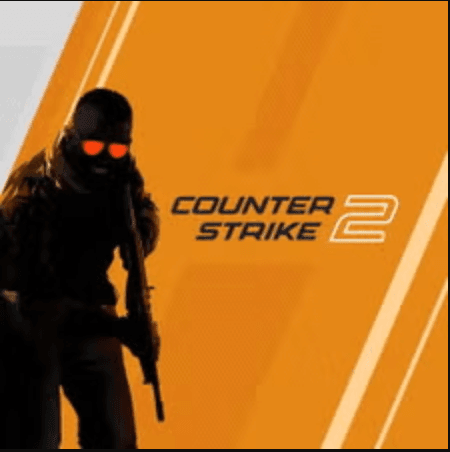
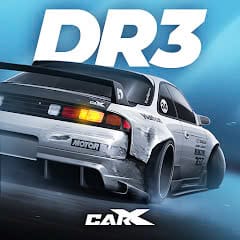

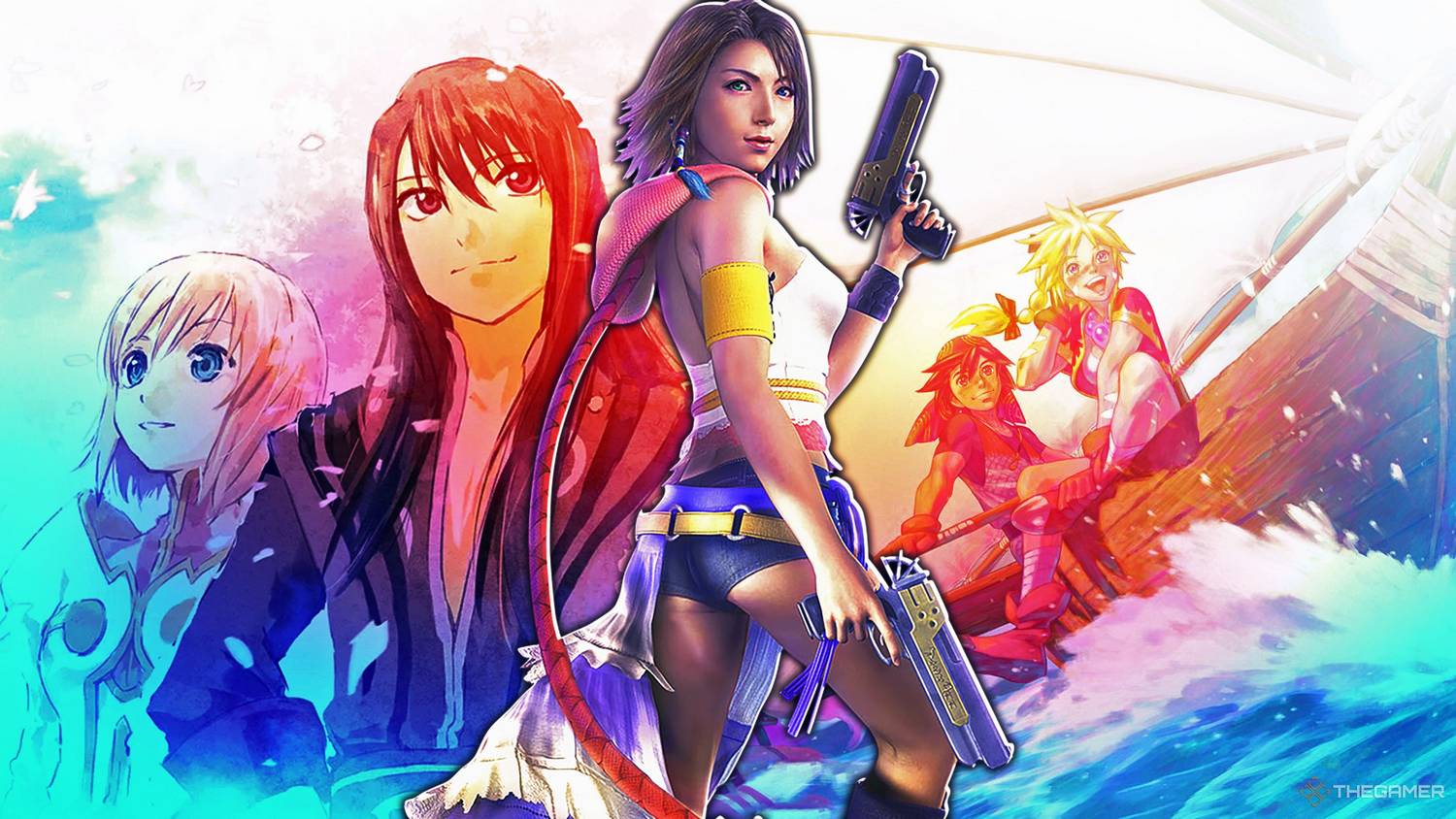 The Tiers of Missable Content Torment
The Tiers of Missable Content Torment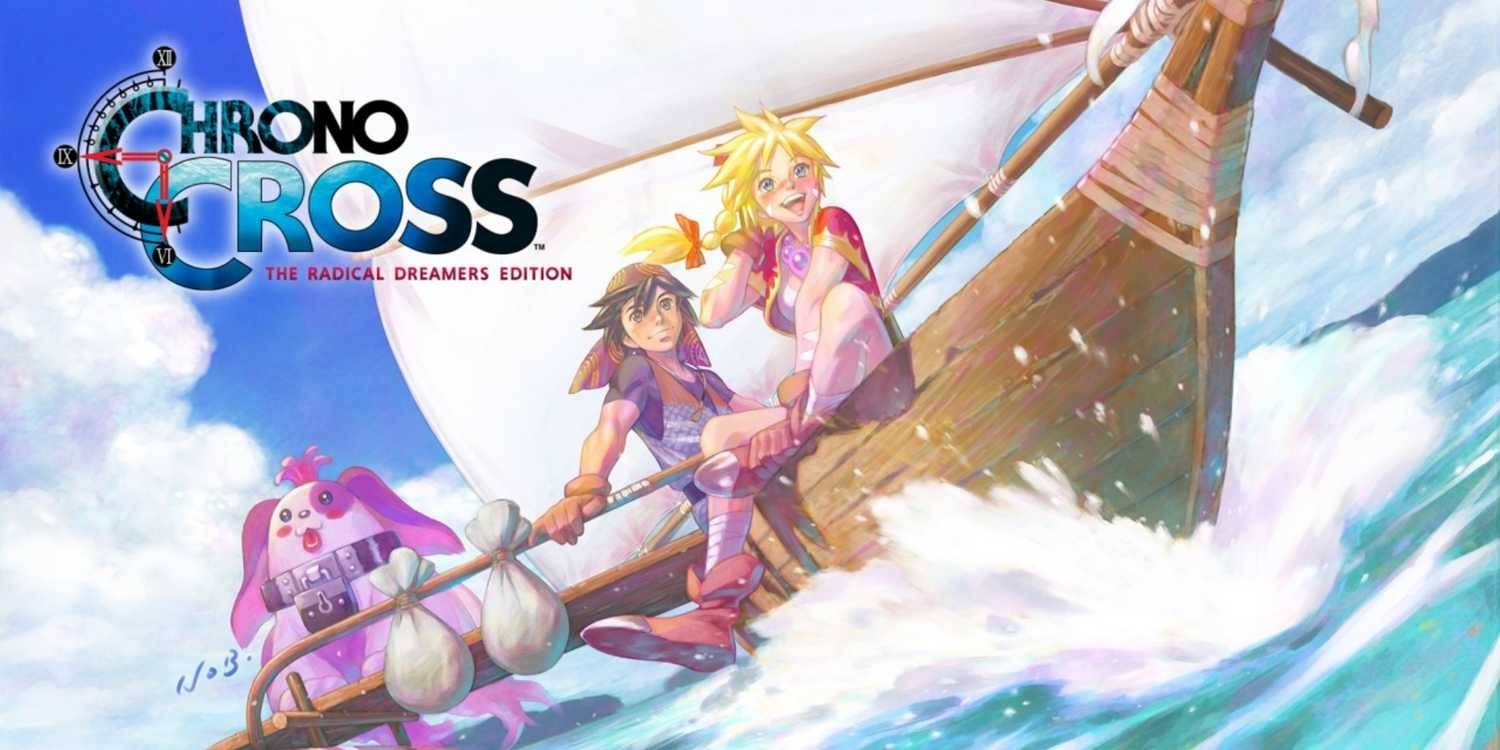 Tier 2: The Dialogue & Choice Gauntlet (Highly Frustrating)
Tier 2: The Dialogue & Choice Gauntlet (Highly Frustrating)